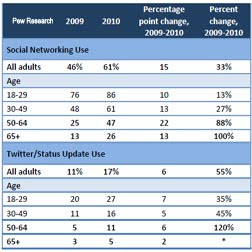
Every day, people make second-by-second judgments about other people within their proximity. It happens so fast that much of the information is processed in the subconscious, managed by whatever cognitive filters we've built up over the years, e.g., we might avoid people who look angry or flash a smile to someone in return. Over time, those perceptions might stick with reoccurring experiences and repeated exposure. If...




















